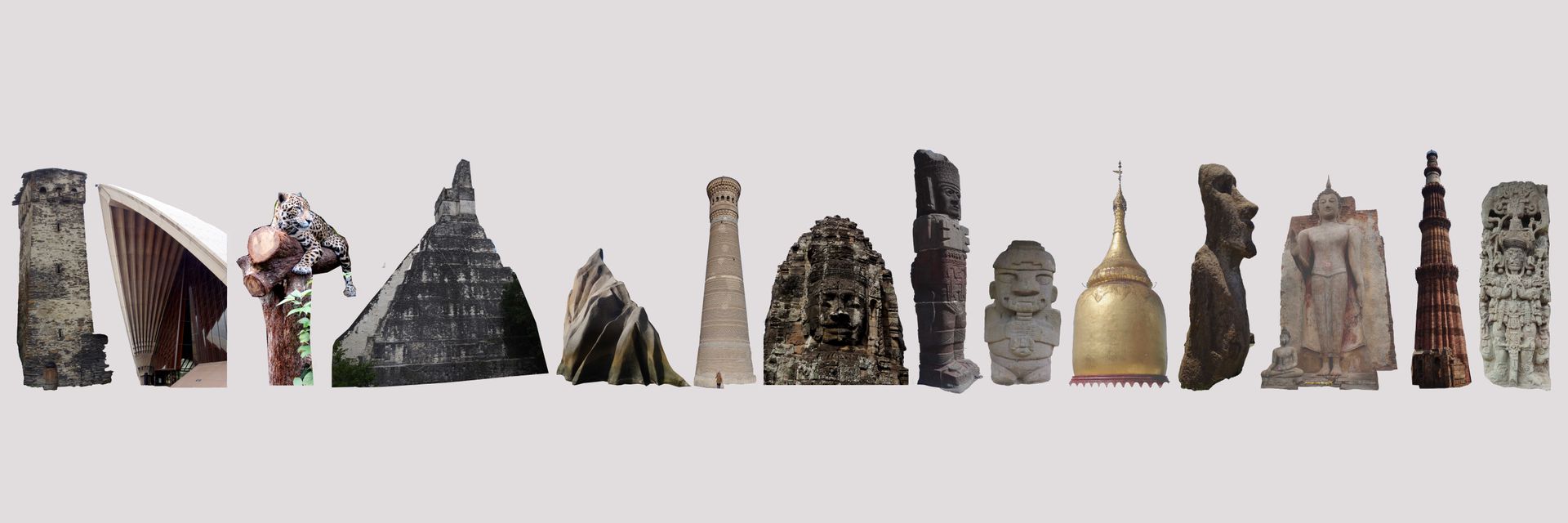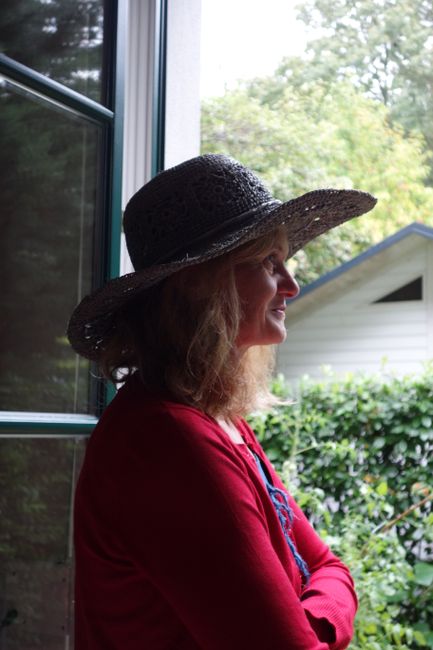Superpowers in the Jungle
ప్రచురించబడింది: 27.01.2019
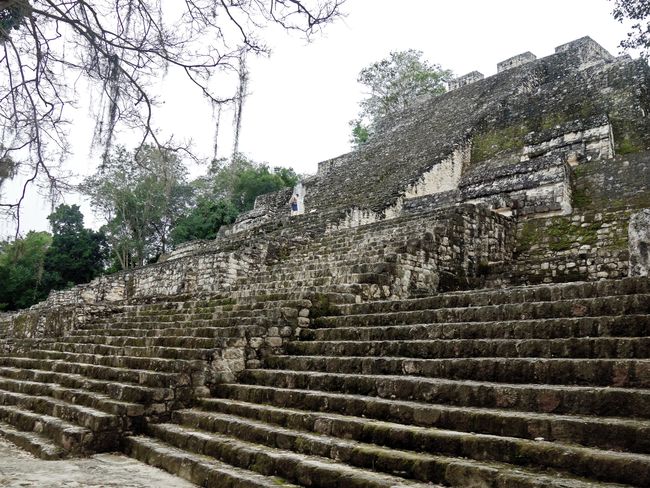
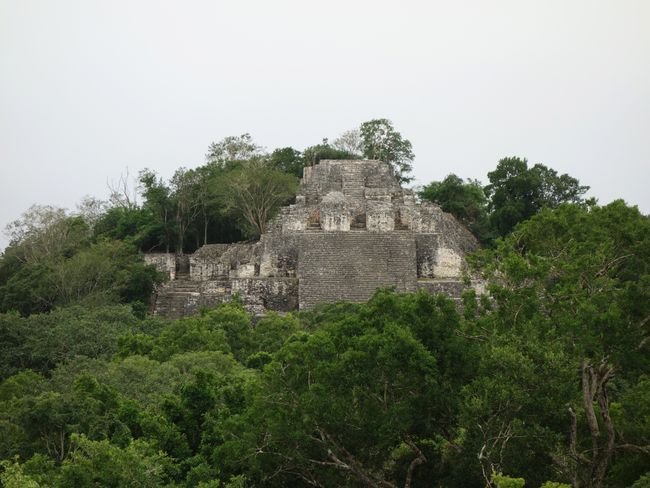
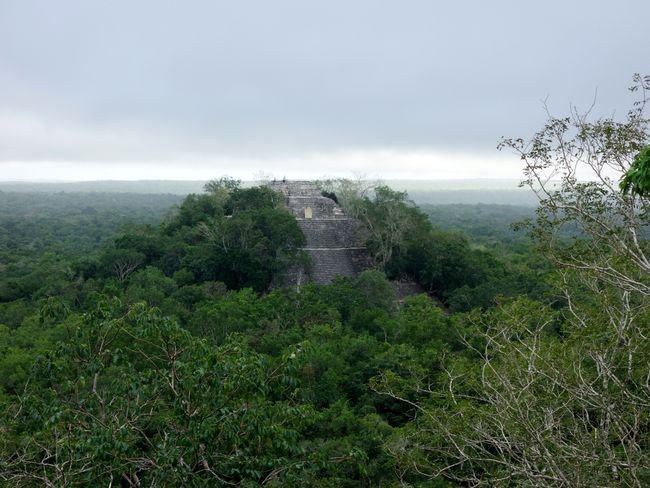
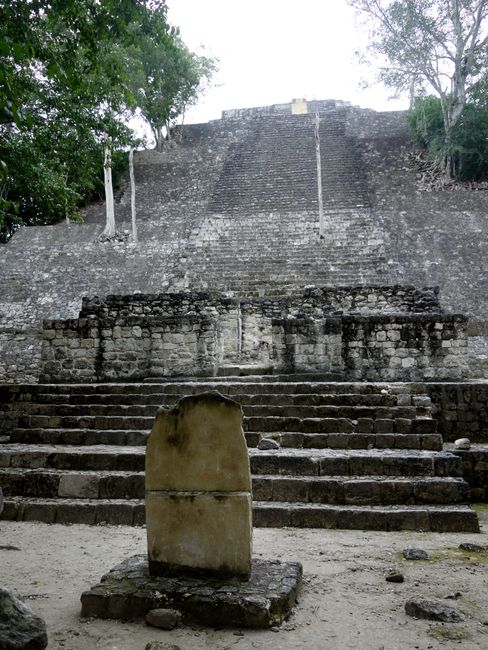
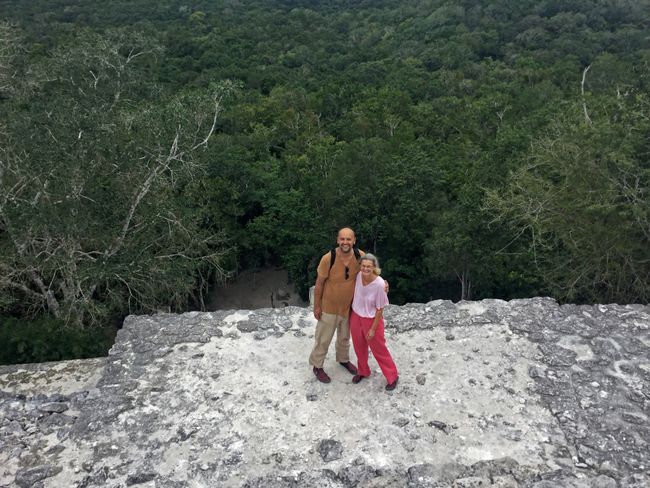
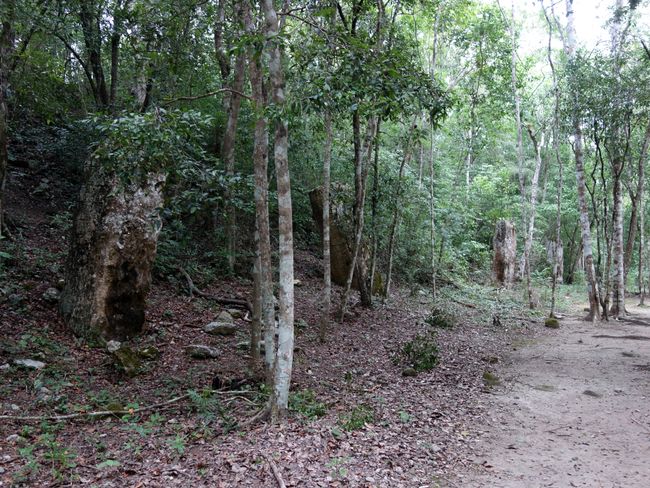
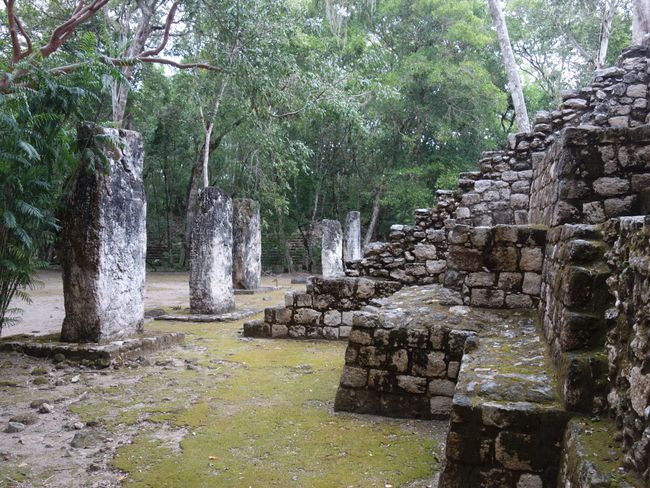
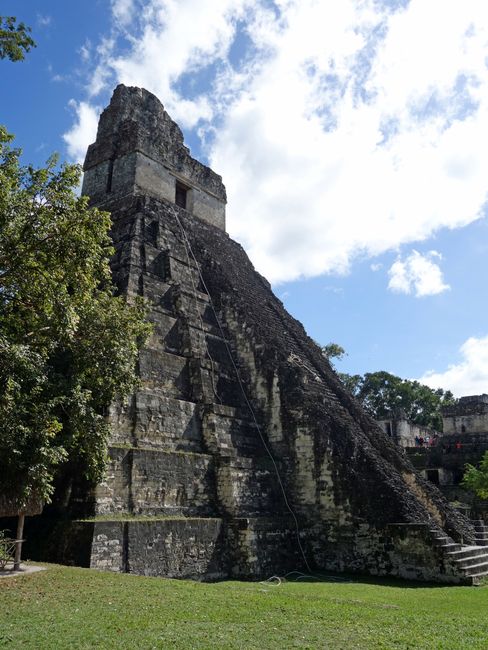
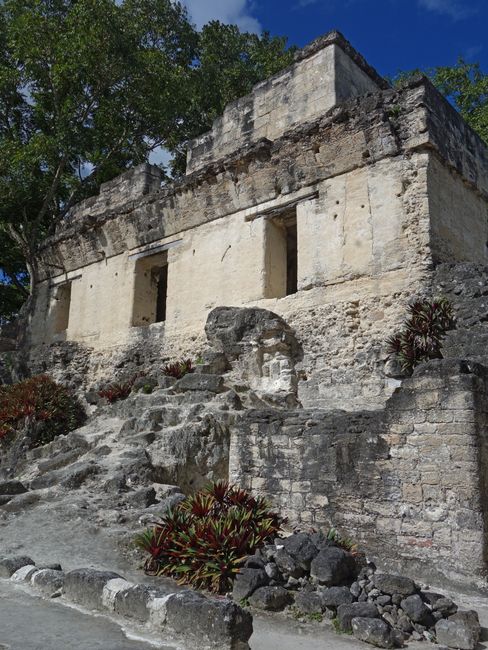
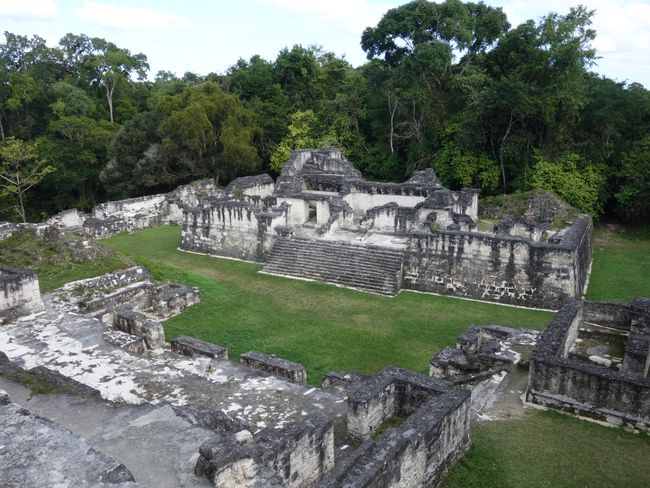
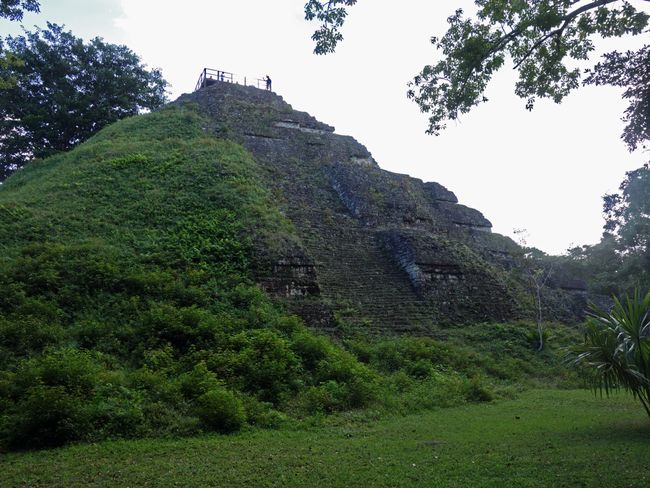
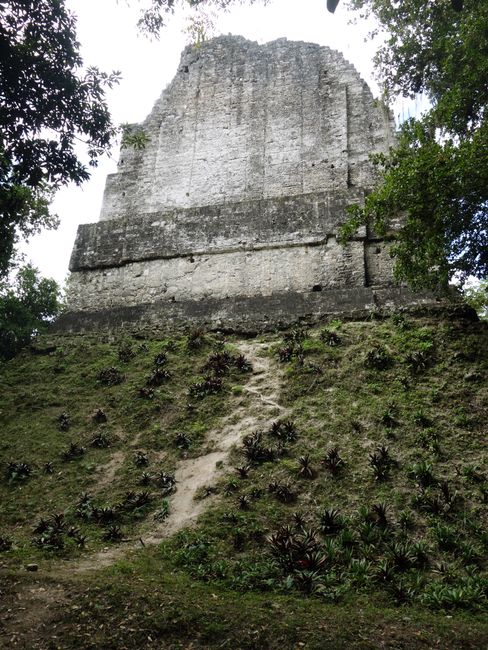
వార్తాలేఖకు సభ్యత్వాన్ని పొందండి
They were the major competitors in the world of the Mayans: Tikal and Calakmul. The two city-states gathered as many allies as possible from the 5th to the 9th century and formed power blocs, just like we know from modern politics. There was a 'cold' war with a balance of power, bloody battles, a courtship of the smaller city-states, and proxy wars between these allies. Tikal and Calakmul are only 100 km apart, in the same giant jungle, the Petén. The reason we spent almost three weeks between our visits to the two former superpower centers is that Tikal is now in Guatemala and Calakmul is in Mexico, with the jungle in between not yet developed. So we had to take a long detour, where we - admittedly - also had some beach days in Belize.
In Tikal, research has found about 3,000 structures (building remains made of stone) on 16 square kilometers. Calakmul was even larger, with 6,000 structures on 25 square kilometers. We know this from our books, but you can't see or visit these ancient cities. They are only partially excavated. So you walk through the jungle and explore the few ruins that have been cleared of vegetation and soil, although the structures are not fully exposed. Over time, you learn that every hill in the forest is a Maya structure waiting for archaeologists to choose and bring to light. And there are damn many of these hills.
In Tikal, this state of excavation made me unhappy. Only the beautiful Jaguar Pyramid and its 'sister' on the main plaza opposite are fully exposed; the others are still covered with earth and plants, at least on their back sides. The highest pyramid (Temple 4) can only be seen from the top of another high pyramid, not from the ground (the base) because the numerous trees obstruct the view. In total, too few structures have been excavated in Tikal to give the feeling of being in a city. In Calakmul, however, exactly this impression is easily gained: a residential area follows a plaza with pyramids and temples, then another plaza, and another residential area, and so on. By the way, only the elite lived in these centrally located stone residential buildings. The houses consisted of tiny, windowless rooms, in which there was never more than one masonry bench and all opened onto a spacious courtyard (the door openings were allegedly covered with cotton cloths). All other people probably lived in huts made of wood or other perishable materials outside the city center.
The reason why we get such a good picture of Calakmul is also due to the excellent information boards that explain the individual structures, as well as general aspects of Maya culture, politics, and economy. In Tikal, the information on these boards is very rudimentary, and you stand rather bewildered in front of the ruins. It is therefore strangely more interesting to explore Calakmul. It is strangely because Tikal has more elaborate buildings. For example, none of Calakmul's counterparts can match the perfection of the Jaguar Pyramid in Tikal, which impresses with its size and offers an interesting roof landscape with smaller pyramids and temples, although it is also much more bulky. None of Calakmul's residential complexes comes close to Maler's Palace (named after the Austrian researcher Teobert Maler, who lived in one of the buildings of the huge palace for several years), but that is exactly where I longed for more information to be able to get a better picture.
From the highest pyramids in Calakmul, on clear days you can see one of the most mysterious places in the Maya world protruding from the jungle: El Mirador is only 30 km away, already in Guatemala, and can only be reached by helicopter or a difficult multi-day trek: another Maya metropolis buried in the green of the jungle. We were only told where El Mirador was, but we couldn't see anything in the dense fog. By the way, please admire how bravely we climb the high, steep pyramids - we are both afraid of heights. In Tikal, there are modern wooden stairs on the backside of the structures that make life easier for older people like us, while in Calakmul, the palpitations were not spared during the ascent and (even more) during the descent.
వార్తాలేఖకు సభ్యత్వాన్ని పొందండి
సమాధానం
